- Have any questions?
- +86-189 8930 5995
- sales@mosinterchem.com.cn
Fenbendazole CAS 43210-67-9

Apramycin CAS 37321-09-8
10/12/2018
Tiamulin hydrogen famarate CAS 55297-96-6
10/12/2018| Model: | MOS 43210-67-9 |
| CAS: | 43210-67-9 |
| Molecular formula: | C15H13N3O2S |
| Melting point: | 233℃ |
| Refractive index: | 1.709 |
| Molecular weight: | 299.3476 |
| Density: | 1.4g/cm3 |
Fenbendazole (CAS 43210-67-9)
| ITEM | STANDARD | RESULT |
| Appearance | White or almost white powder | White powder |
| Identification | Comp1ics with spcctrum of Fcnbcndazo1c CRS | Complies |
| Total impurities | ≤ 1.0% | 0.3% |
| Impurity A | ≤ 0.5% | < 0.05% |
| Impurity B | ≤ 0.5% | < 0.05% |
| Any other impurity | ≤ 0.5% | 0.21% |
| Loss on drying | ≤ 1.0% | 0.1% |
| Heavy metals | ≤ 20 ppm | < 20 ppm |
| Sulphated ash | ≤ 0.3% | 0.1% |
| Assay (on dried basis) | 98.0% ~ 101.0% | 100.4% |
Fenbendazole (Hoechst brand names Panacur and Safe-Guard, Intervet Panacur and Panacur Rabbit)
is a broad spectrum benzimidazole anthelmintic used against gastrointestinal parasites including:
giardia, roundworms, hookworms, whipworms, the Taenia genus of tapeworms (but not effective against
Dipylidium caninum, a common dog tapeworm), pinworms, aelurostrongylus, paragonimiasis, strongyles
and strongyloides and can be administered to sheep, cattle, horses, fish, dogs, cats, rabbits and seals. Drug
interactions may occur if salicylanilides like dibromsalan and niclosamide are co-adminstered. Abortions
in cattle and death in sheep have been reported.
Toxicity
Despite being widely used as a dewormer in many species, toxicity has been reported. Birds (storks, pink
pelicans, vultures, pigeons and doves) and reptiles (vipers, turtles and tortoises) have shown toxicity
associated with bone marrow suppression, intestinal crypt cell necrosis and distal villi sloughing
.[citation needed] Abortions in domestic ruminants have been associated with concurrent use
of anti-trematode therapeutic agents.
Fenbendazole is poorly absorbed from the gastrointestinal tract in most species. The LD50 in
laboratory animals exceeds 10 g/kg when administered orally.
Synthesis
Fenbendazole synthesis
Metabolism
It gets metabolized in the liver to oxfendazole, which is anthelmintic too; oxfendazole partially
gets reduced back to fenbendazole in the liver and rumen. Also, fenbendazole itself is an
active metabolite of another anthelmintic drug, febantel.
You must be logged in to post a review.

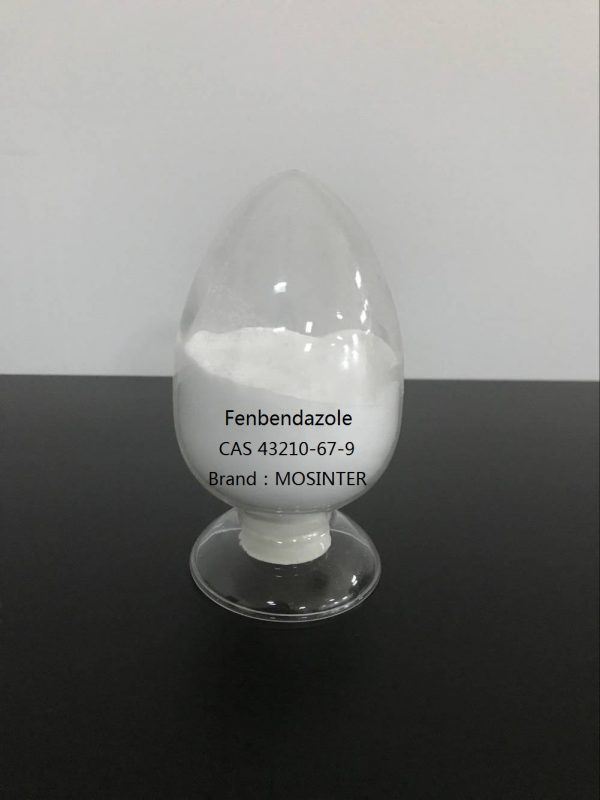
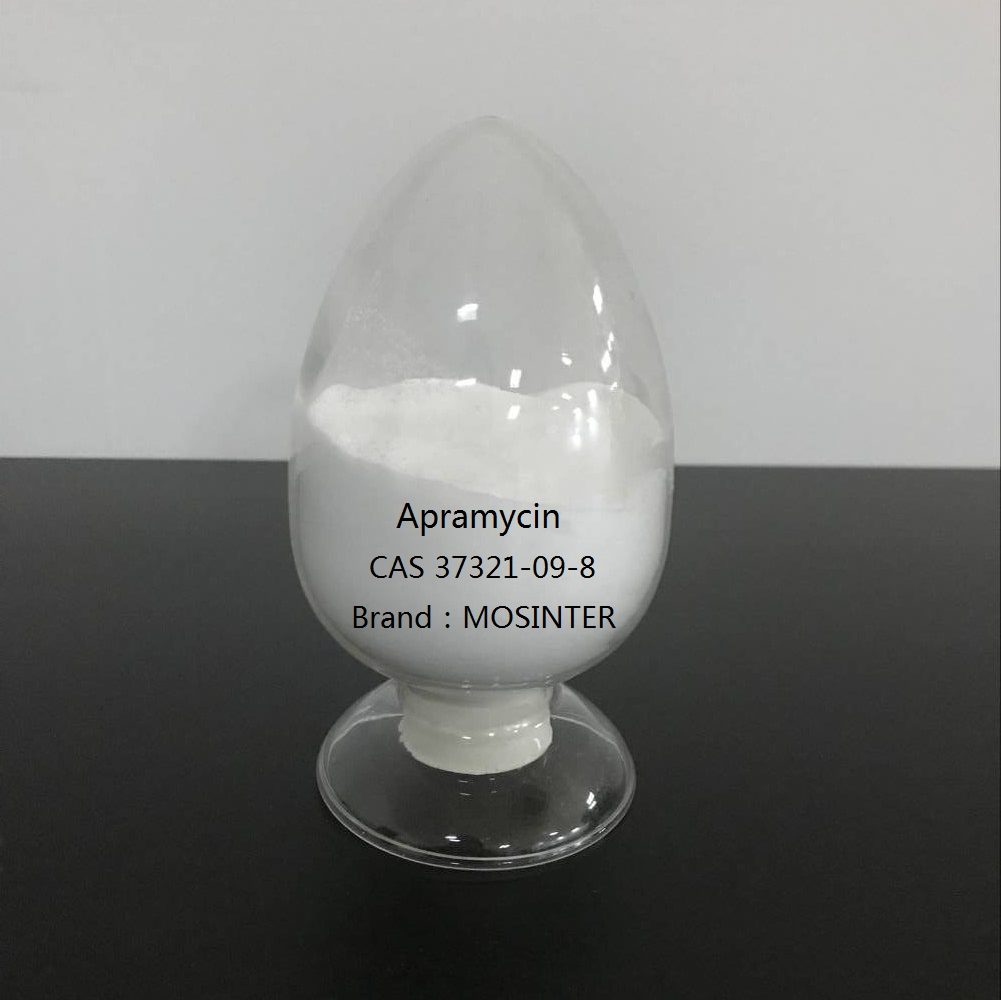
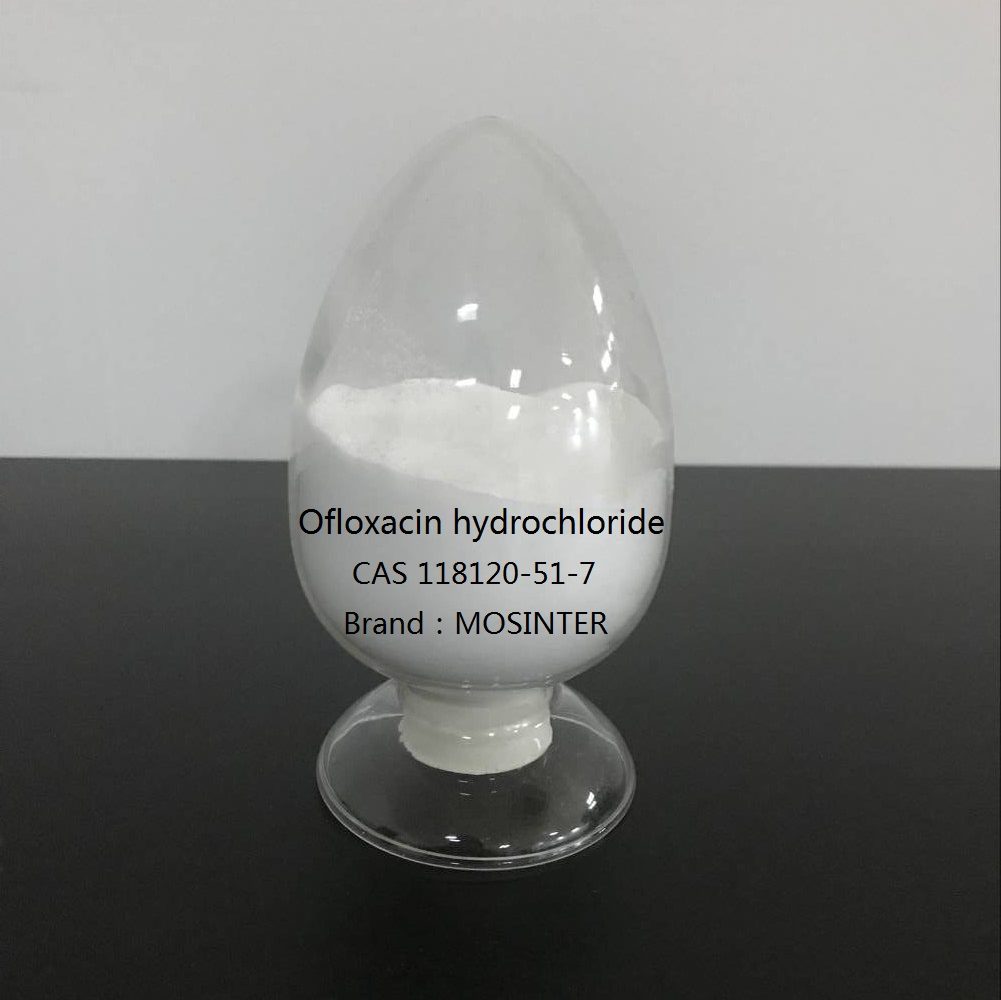
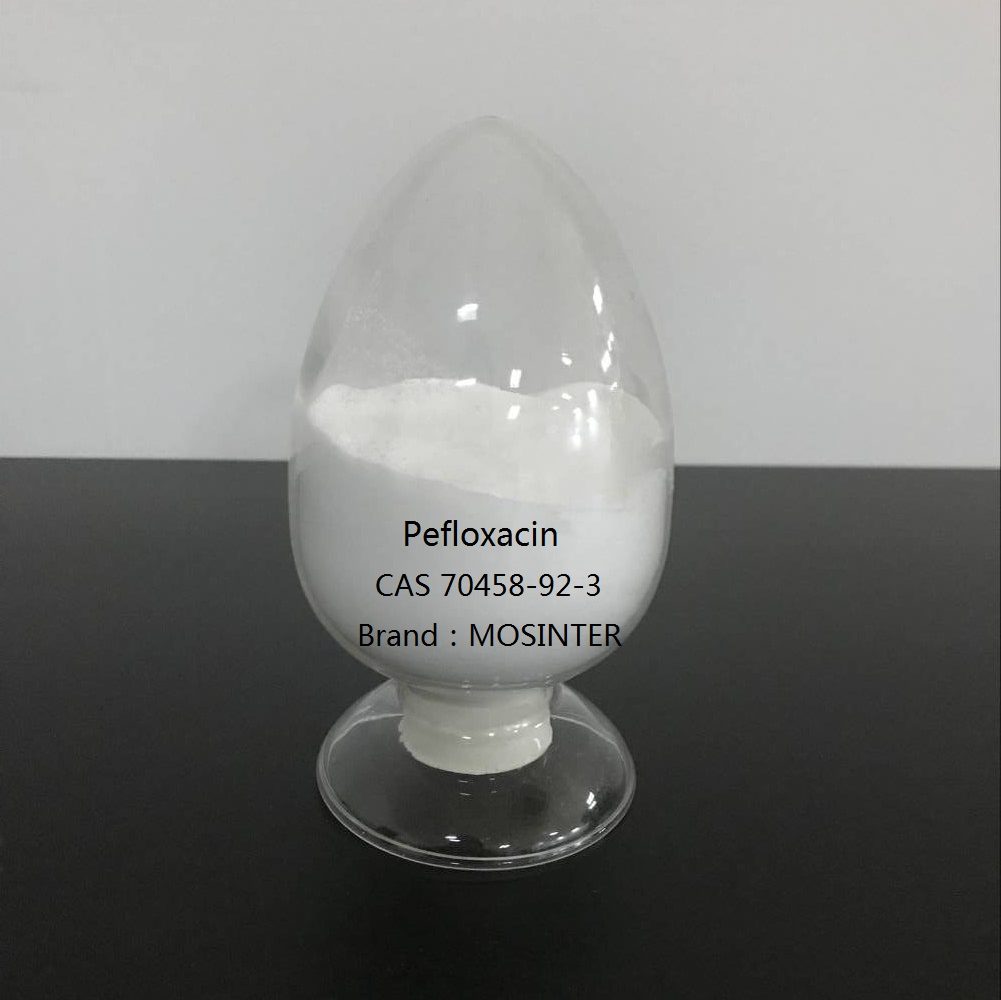
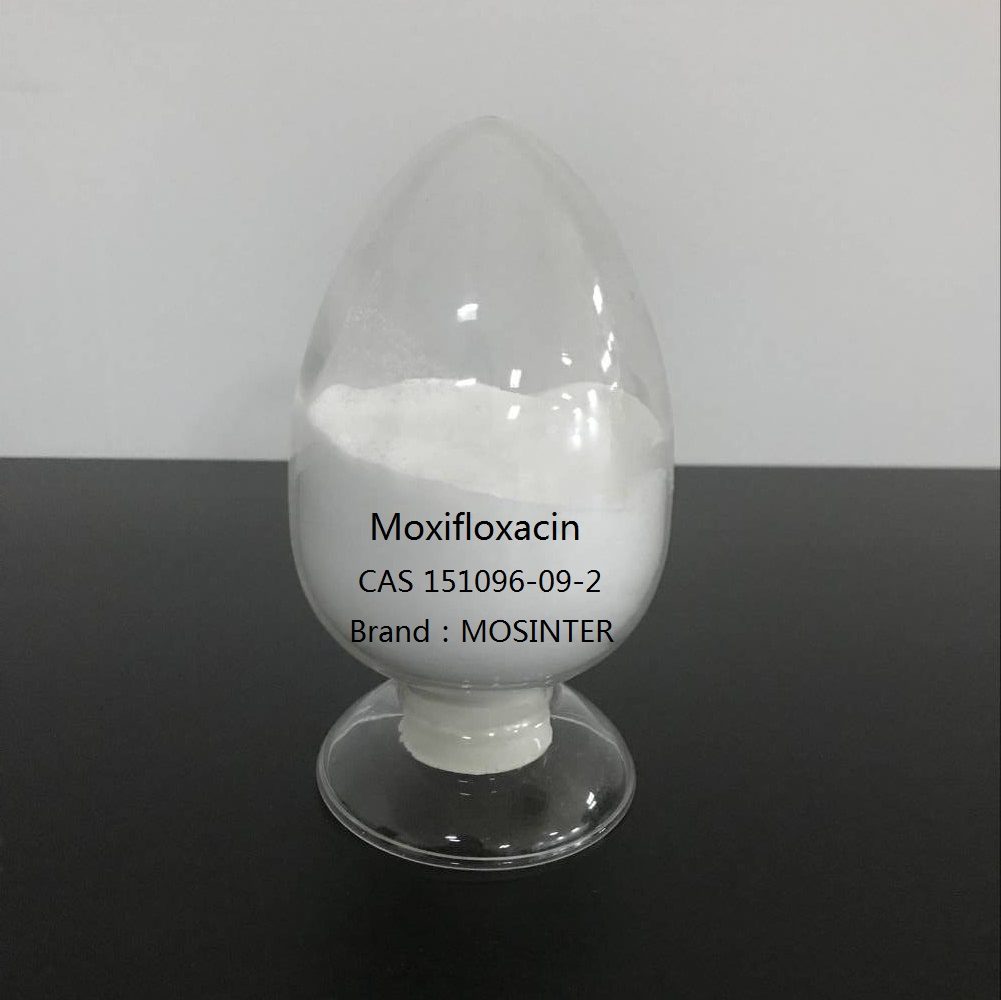
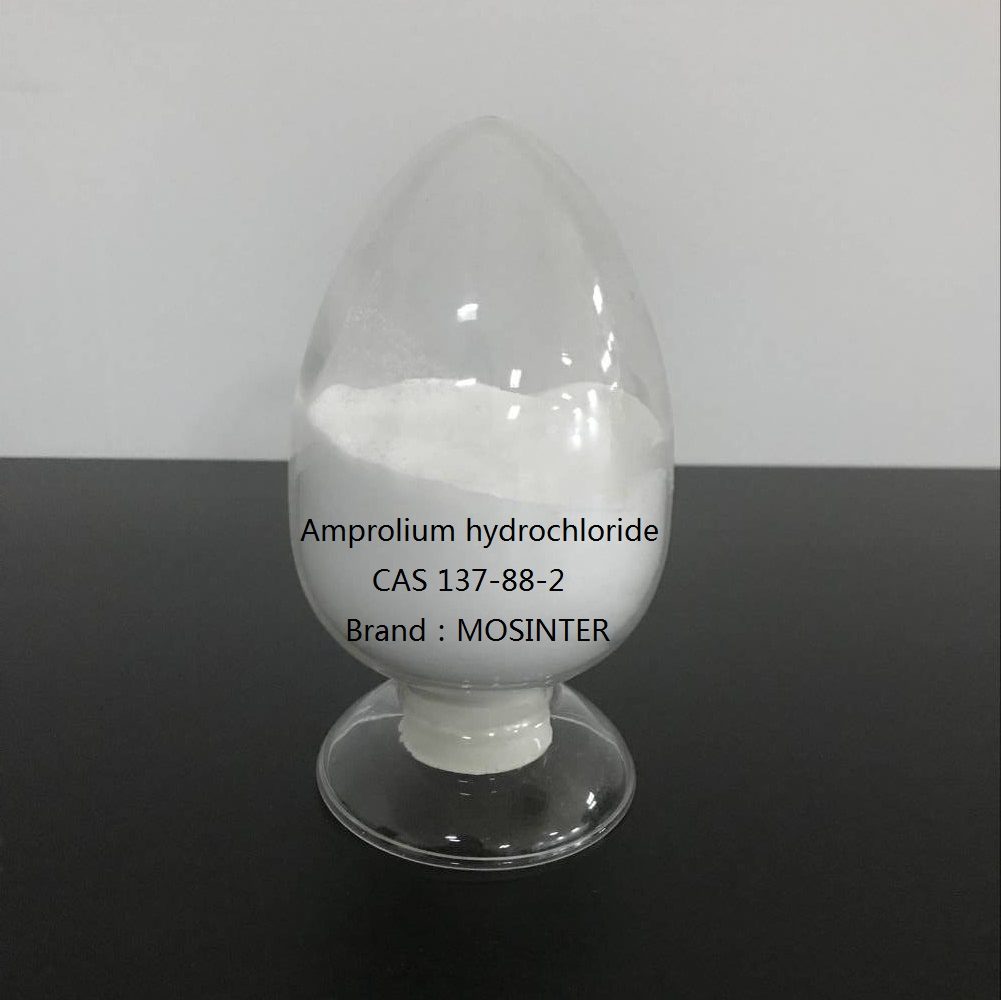
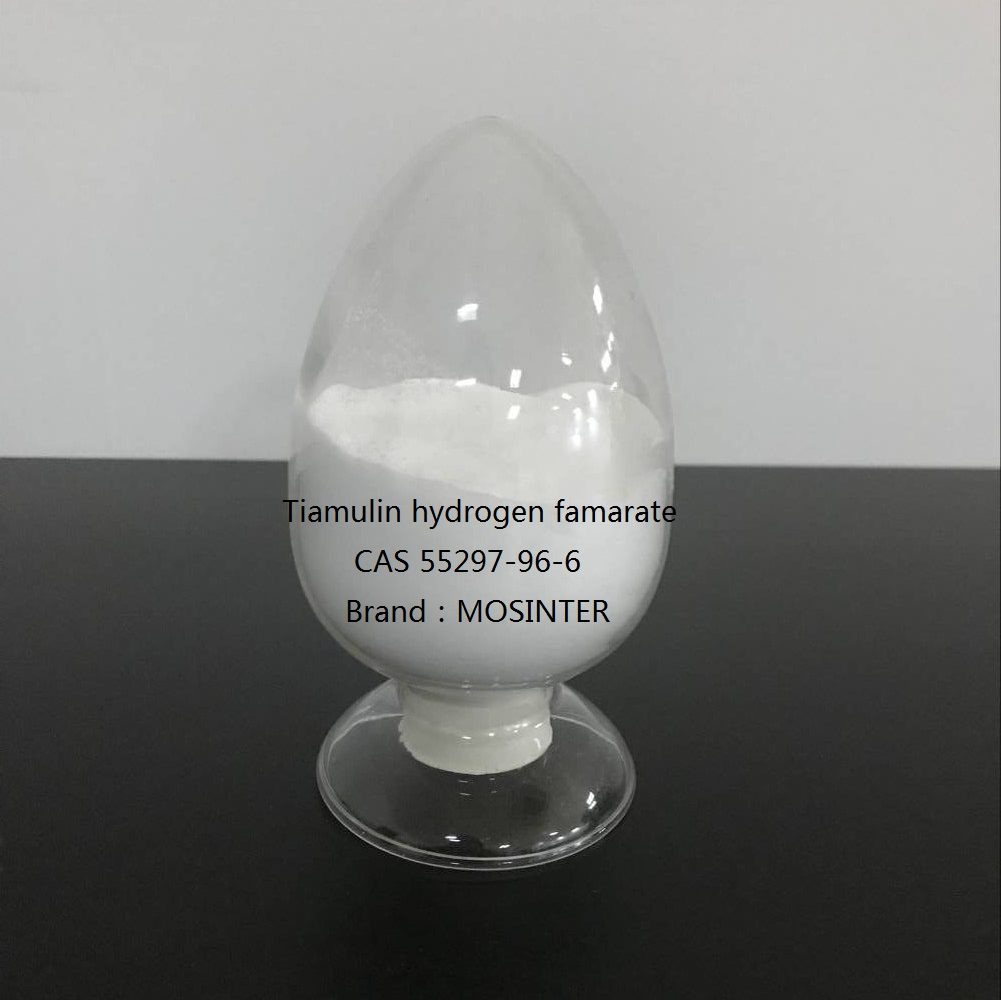
Reviews
There are no reviews yet.